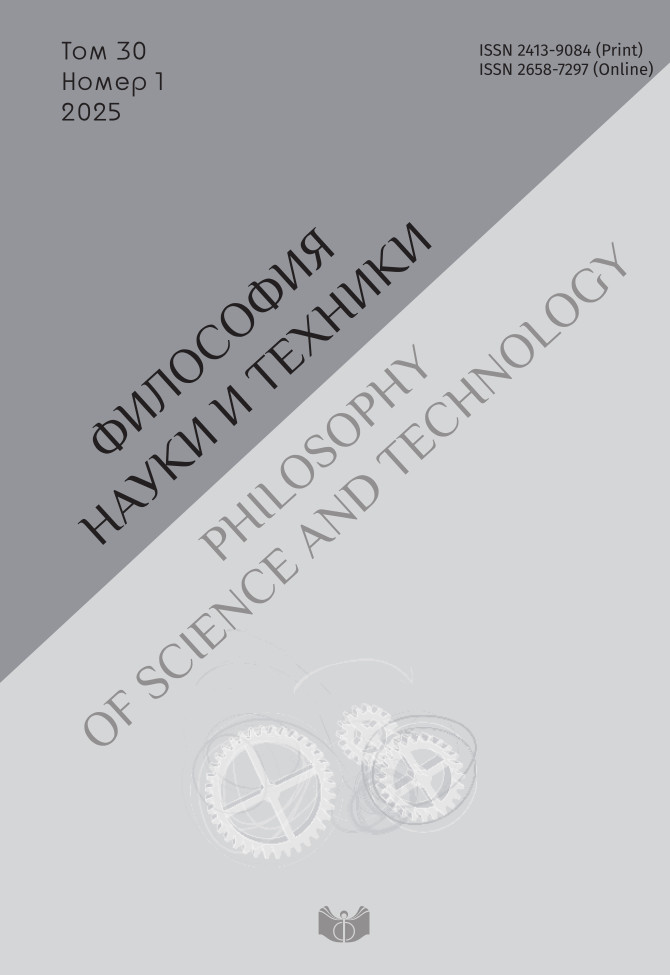Outsiders and non-anthropic boundaries: how is the ‘Artificial Other’ constructed?
DOI:
https://doi.org/10.21146/2413-9084-2025-30-1-48-57Keywords:
artificial intelligence, artificial sociality, artificial Other, symbolic boundariesAbstract
This article examines the growing interest in artificial intelligence, tracing its historical development and its impact on contemporary society. It explores the cycles of “AI winters”, periods marked by a reassessment of technological potential, from early attempts to mimic human thought to the integration of algorithmic solutions. Special attention is given to how humans, including children, humanize smart technologies through their interactions with devices. The article argues that the term “artificial intelligence” is philosophically misleading, failing to convey its actual significance. It proposes the concept of the “artificial Other” as a framework for understanding human relationships with AI-driven programs and devices. The discussion highlights how technology reshapes social structures and emphasizes the importance of collaboratively shaping the future while addressing ethical, philosophical, and practical considerations.











